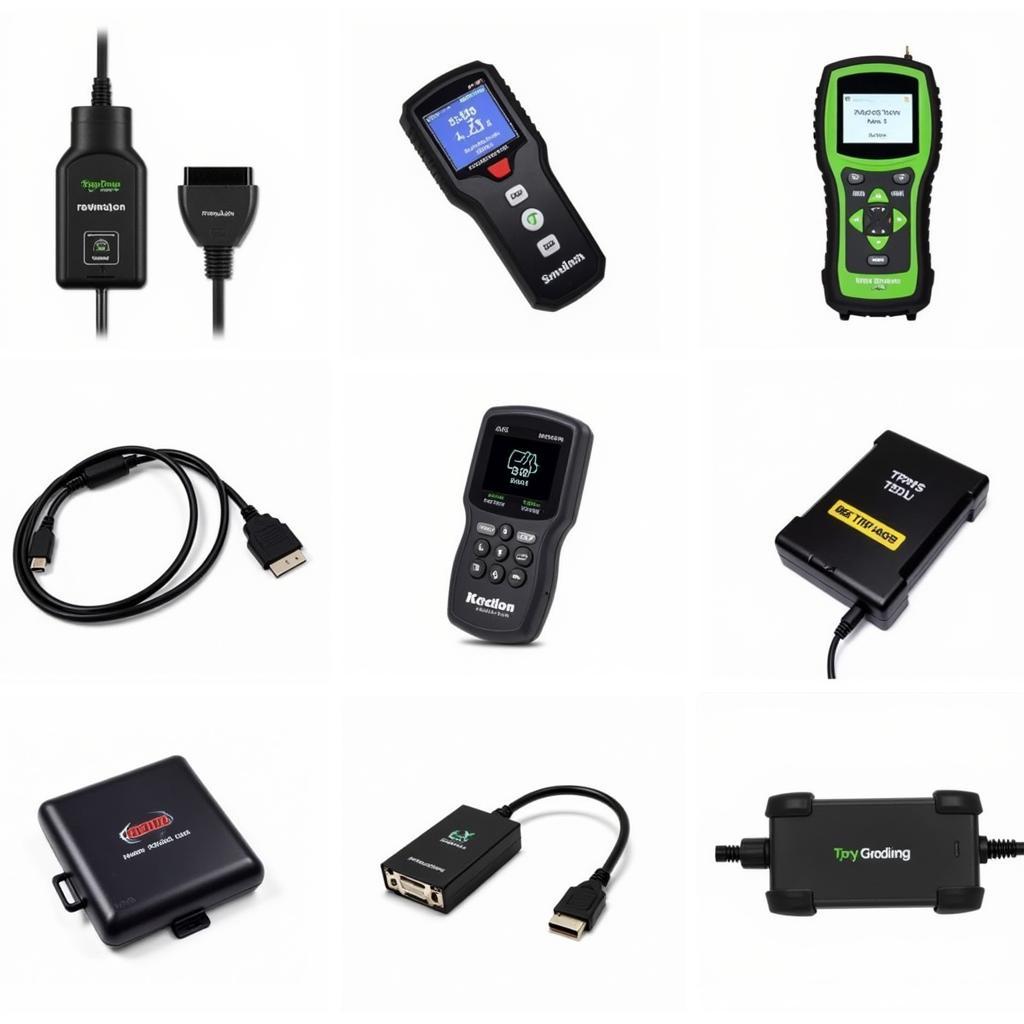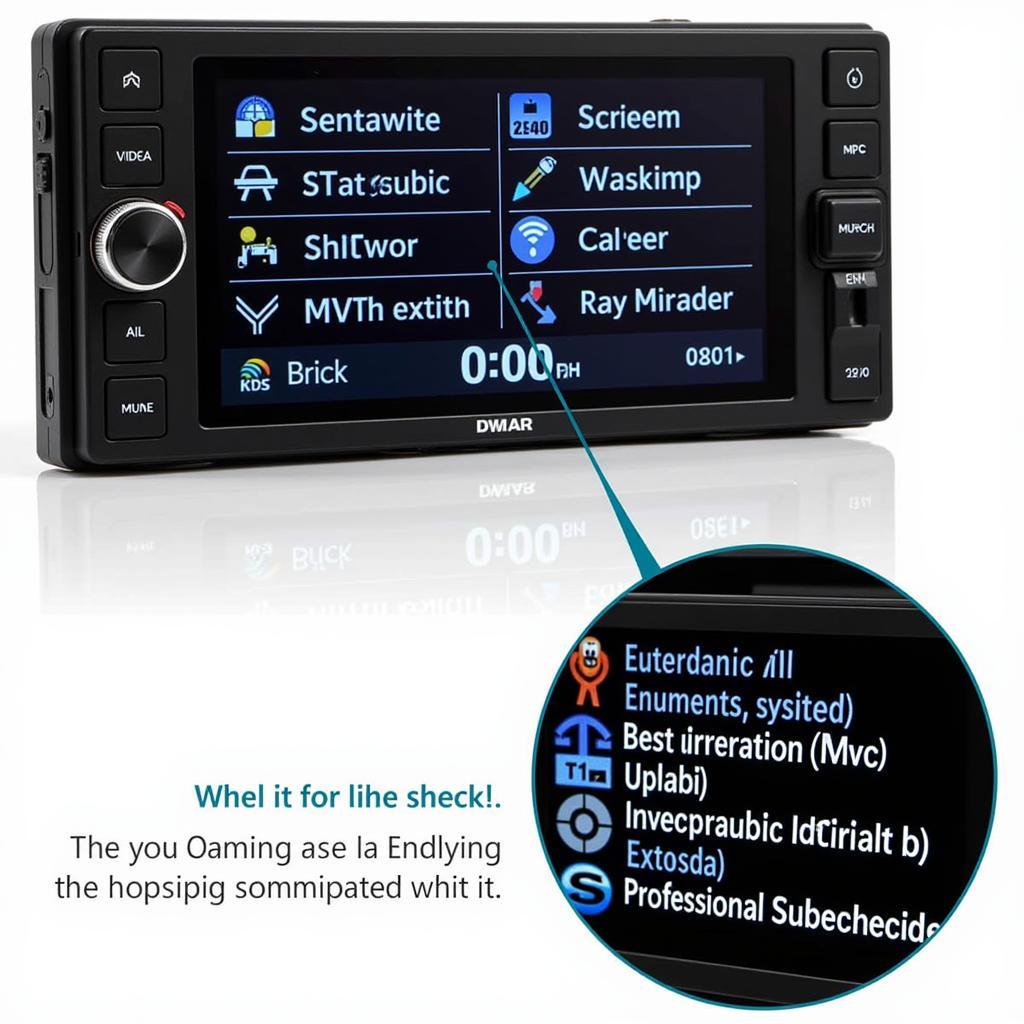The Life Science And Diagnostic Tools Market is experiencing an unprecedented period of growth, fueled by a convergence of factors, including rapid technological advancements, an aging global population, and a growing emphasis on personalized medicine. This market encompasses a diverse range of products and technologies used in the research, development, and manufacturing of pharmaceuticals, biotechnology products, and diagnostic tools.
Key Drivers of the Life Science and Diagnostic Tools Market
Several factors are driving the rapid expansion of the life science and diagnostic tools market:
- Rising Prevalence of Chronic Diseases: The global increase in chronic diseases, such as cancer, diabetes, and cardiovascular diseases, is driving the demand for innovative diagnostic tools for early detection and effective treatment.
- Technological Advancements: Breakthroughs in areas like genomics, proteomics, and molecular biology have led to the development of sophisticated diagnostic tools and therapies, revolutionizing healthcare practices.
- Aging Population: The global population is aging rapidly, leading to a higher incidence of age-related diseases and a surge in demand for diagnostic and therapeutic interventions.
- Personalized Medicine: There’s a growing trend towards personalized medicine, with diagnostic tools playing a crucial role in identifying specific genetic and molecular profiles to tailor treatment plans.
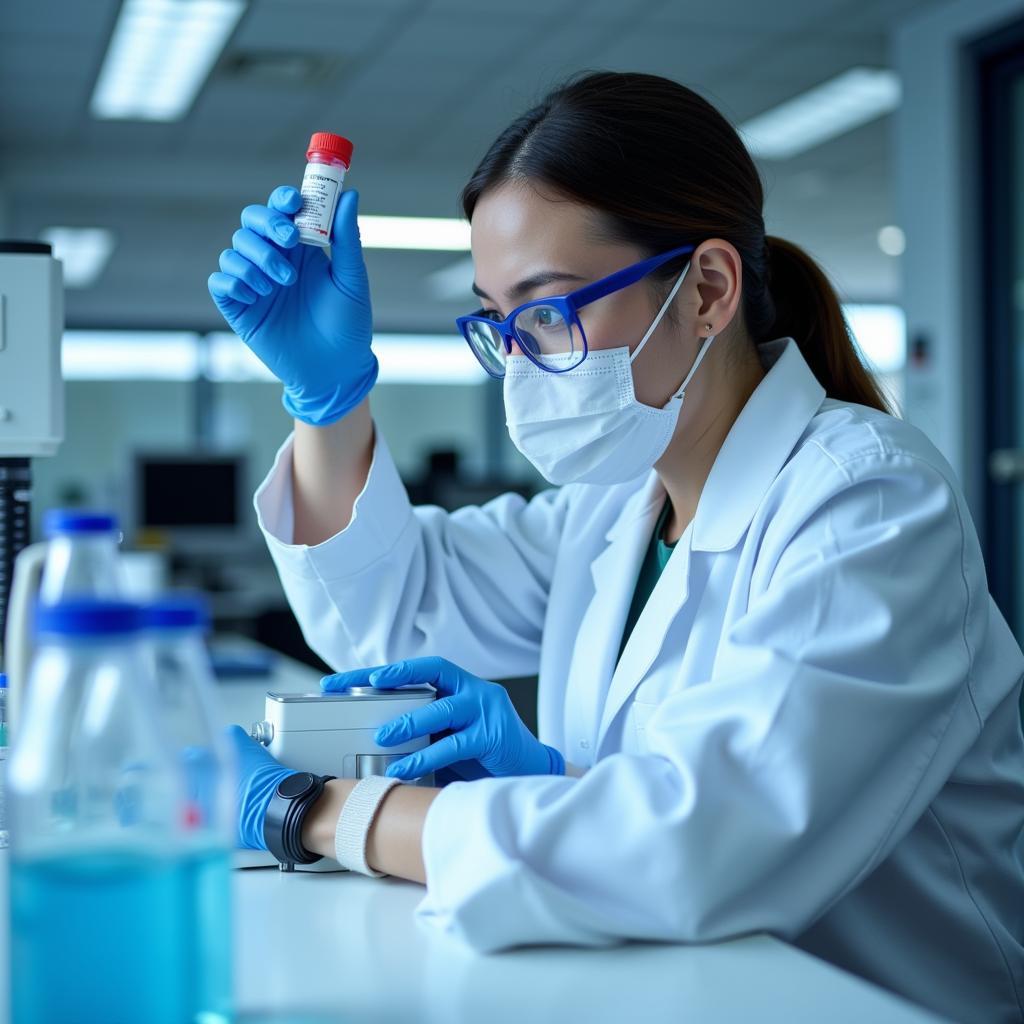 Personalized Medicine Genetic Testing
Personalized Medicine Genetic Testing
Major Segments in the Life Science and Diagnostic Tools Market
The life science and diagnostic tools market can be broadly segmented into the following categories:
1. Life Science Tools
Life science tools are instrumental in understanding biological processes and developing new drugs and therapies. This segment includes:
- Genomics: Tools for DNA sequencing, gene expression analysis, and gene editing technologies like CRISPR-Cas9 are transforming our understanding of disease mechanisms.
- Proteomics: Instruments and reagents for protein purification, characterization, and analysis are crucial for drug discovery and development.
- Cell Biology: Tools for cell culture, cell imaging, and cell-based assays are essential for studying cellular processes and developing cell-based therapies.
2. Diagnostic Tools
Diagnostic tools are essential for identifying diseases, monitoring patient health, and guiding treatment decisions. Key segments within this category include:
- In Vitro Diagnostics (IVD): This segment encompasses a wide array of tests performed on samples like blood, tissue, and urine. Examples include molecular diagnostics, immunoassays, and clinical chemistry analyzers.
- Imaging Technologies: Medical imaging plays a critical role in disease diagnosis and monitoring. This segment includes technologies like X-ray, magnetic resonance imaging (MRI), computed tomography (CT), and ultrasound.
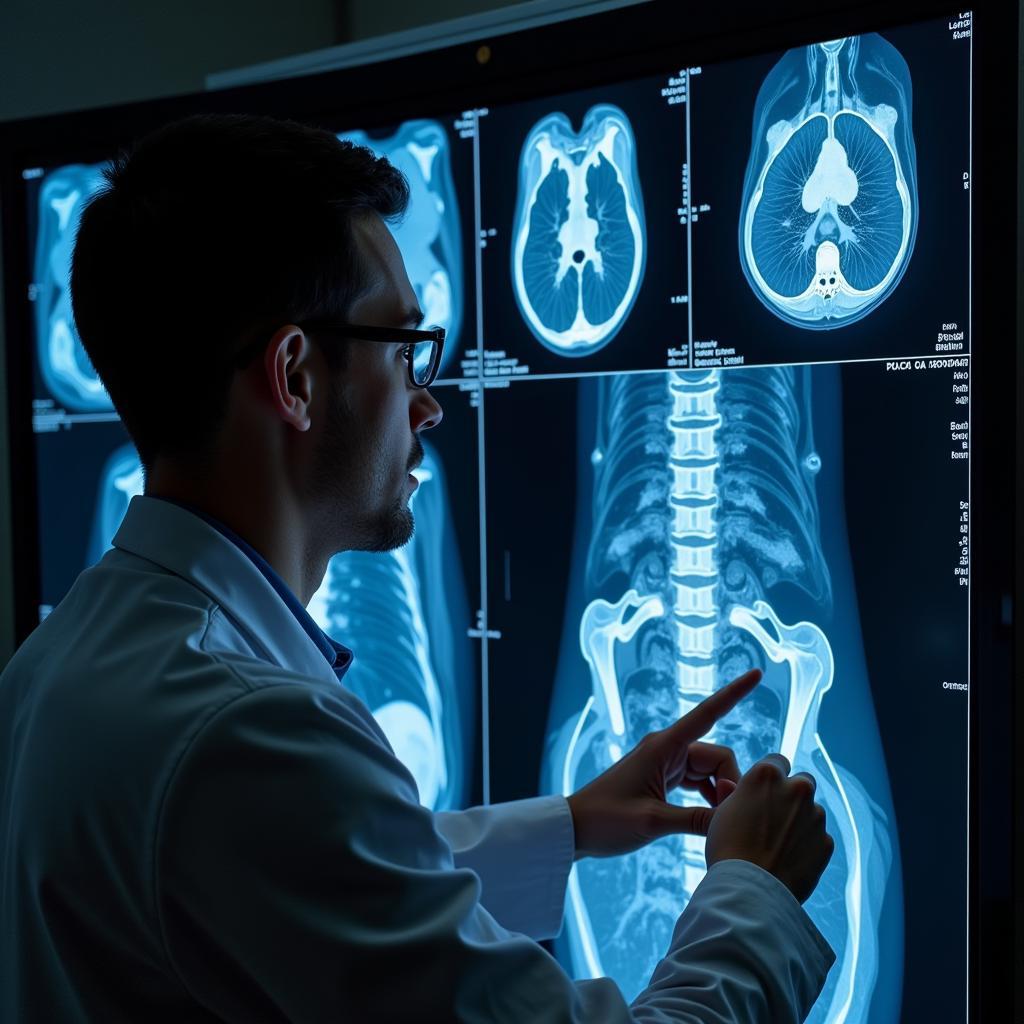 Medical Imaging Technology for Diagnosis
Medical Imaging Technology for Diagnosis
Future Trends Shaping the Life Science and Diagnostic Tools Market
The life science and diagnostic tools market is constantly evolving, driven by technological innovations and changing healthcare needs. Some key trends to watch include:
- Artificial Intelligence (AI) and Machine Learning (ML): AI and ML are poised to revolutionize diagnostics by enabling faster and more accurate analysis of medical images and patient data.
- Point-of-Care Testing (POCT): POCT devices provide rapid diagnostic results at the patient’s bedside or in primary care settings, enabling faster treatment decisions.
- Liquid Biopsies: Liquid biopsies offer a less invasive alternative to traditional tissue biopsies, using bodily fluids like blood to detect cancer cells or other disease markers.
“The convergence of data analytics, artificial intelligence, and miniaturized diagnostic tools is ushering in a new era of personalized and predictive medicine,” says Dr. Emily Carter, a leading researcher in biomedical engineering. “We’re moving towards a future where healthcare is more proactive, precise, and ultimately, more effective.”
Challenges and Opportunities in the Life Science and Diagnostic Tools Market
While the market presents significant opportunities, there are also challenges to address:
- High Development Costs: Developing new diagnostic tools and therapies is capital-intensive and time-consuming, requiring significant investment in research and development.
- Regulatory Hurdles: The life science and diagnostic tools industry is heavily regulated, with stringent approval processes for new products.
- Data Privacy and Security: As healthcare data becomes increasingly digitized, ensuring patient privacy and data security is paramount.
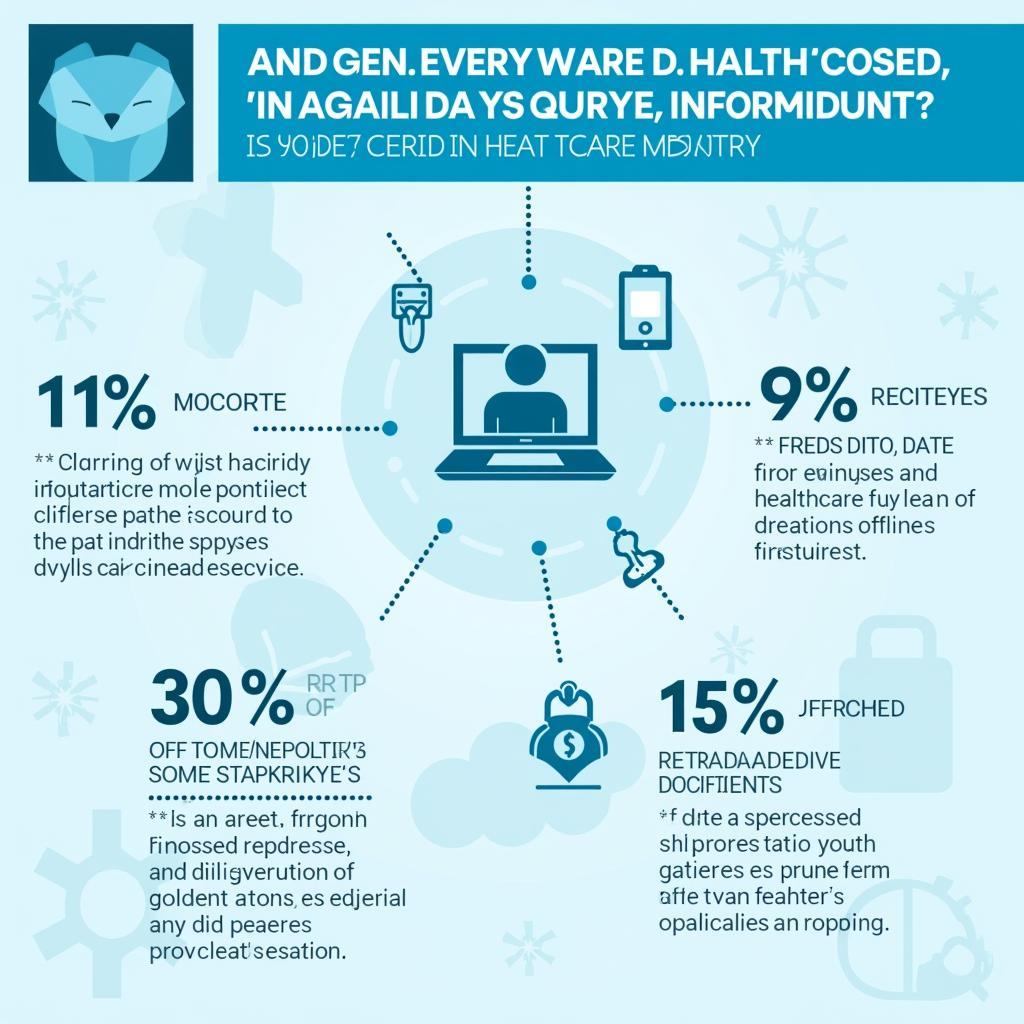 Data Security in the Healthcare Industry
Data Security in the Healthcare Industry
Conclusion
The life science and diagnostic tools market is experiencing remarkable growth, fueled by advancements in technology and a growing focus on improving healthcare outcomes. The market offers substantial opportunities for innovation and investment, with the potential to transform the way diseases are diagnosed, treated, and managed.
Need help navigating the complex world of automotive diagnostics? ScanToolUS offers a wide range of professional-grade diagnostic tools and software. Contact us today at +1 (641) 206-8880 or visit our office at 1615 S Laramie Ave, Cicero, IL 60804, USA.
Frequently Asked Questions
1. What is the impact of the COVID-19 pandemic on the life science and diagnostic tools market?
The pandemic has significantly impacted the market, leading to a surge in demand for diagnostic tests, particularly molecular diagnostics for COVID-19 detection. It has also accelerated the adoption of telehealth and remote patient monitoring technologies.
2. What are the major challenges faced by companies operating in this market?
Key challenges include high research and development costs, stringent regulatory approvals, intense competition, and the need to keep pace with rapid technological advancements.
3. What are some of the key applications of life science tools?
Life science tools have a wide range of applications, including drug discovery and development, genetic testing, disease diagnosis, forensic science, and agricultural biotechnology.
4. What are the different types of diagnostic tools available in the market?
The market encompasses a diverse range of diagnostic tools, including in vitro diagnostics, imaging technologies, point-of-care testing devices, and molecular diagnostics.
5. What are the future growth prospects of the life science and diagnostic tools market?
The market is expected to continue its growth trajectory in the coming years, driven by factors such as the rising prevalence of chronic diseases, technological advancements, and increasing healthcare expenditure globally.

